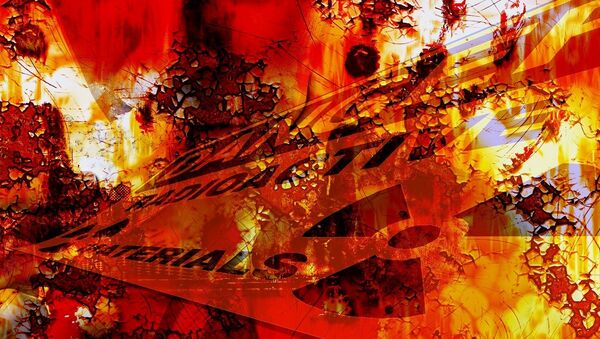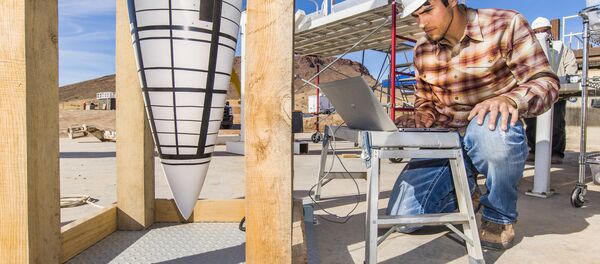In 2007, the Government Accountability Office (GAO) carried out a separate study, in which investigators acquired low-level radioactive materials that require a background check and a license supplied by the Nuclear Regulatory Commission (NRC).
After the operation results were made public, the NRC vowed “immediate action to address the weaknesses we identified.”
In 2014, a similar operation, conducted by some ten investigators in Texas, North Dakota and Michigan, was undertaken to discern whether the NRC had made good on its pledge to tighten nuclear material regulatory controls.
One year later, when a federal inspector visited the fake office, investigators managed to persuade the inspector to issue a license, promising to improve office security at a later, but unspecified, date. After receiving a license, investigators purchased a small amount of nuclear components.
According to David Trimble, director of Natural Resources and Environment at the GAO, the team was able to alter and duplicate the license so as to acquire many small shipments of nuclear material, enough to build an effective dirty bomb.
The 2014 experiment indicated that the US government appeared to be incapable of monitoring nuclear-materials circulation, making threats of domestic nuclear terrorism real.
“We walked through it and we showed the door was still open. We could have kept doing it. If you can forge [a license] once, there’s no reason you can’t forge it again and again.”
According to the 2007 GAO report, a detonation of a dirty bomb could result in chaos, killing tens of thousands of people and making entire urban centers uninhabitable. Academic research at the University of Southern California has noted that such an attack is currently within the realm of possibility.




